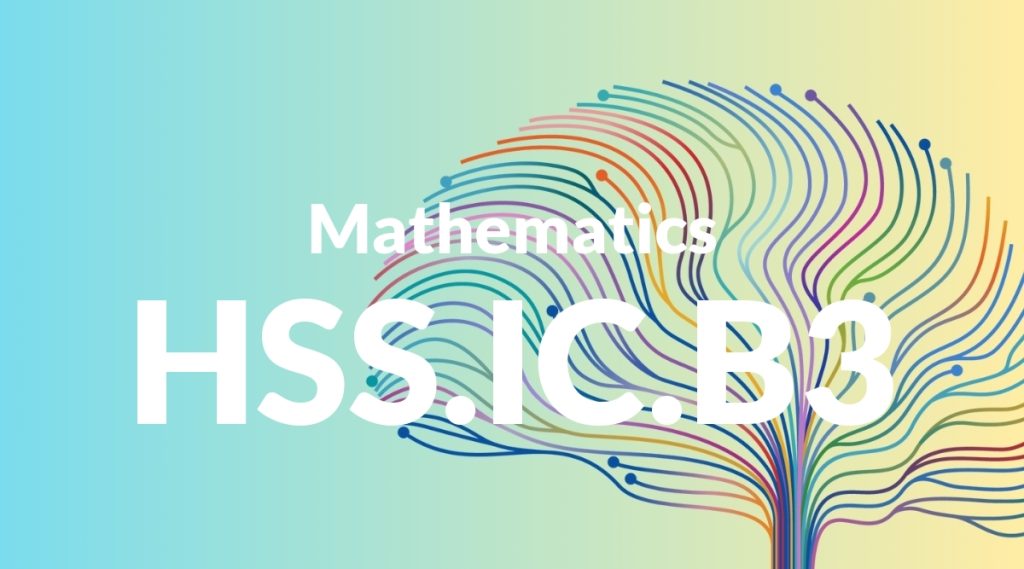Standard: HSS.IC.B3 – Recognize the purposes of and differences among sample surveys, experiments, and observational studies; explain how randomization relates to each.
Grade level: High School: Statistics & Probability
Subject: Mathematics
Domain: Making Inferences & Justifying Conclusions
Teacher Overview
This standard focuses on helping students understand the different types of statistical studies—sample surveys, experiments, and observational studies—and the role of randomization in each. Mastery of this standard is essential for students to conduct and evaluate statistical research critically. Students should have a solid understanding of basic statistical measures and the concept of random sampling before approaching this standard.
After mastering this standard, students will be able to design and conduct their own statistical studies, formulate hypotheses, collect and analyze data, and critically evaluate the validity and reliability of their conclusions.
Common Misconception 1
One common misconception is that all types of studies are essentially the same. This is incorrect because each type of study has unique characteristics and purposes. For example, experiments involve manipulation and control of variables, while observational studies do not.
Intervention 1
Introduce students to various case studies that clearly differentiate between sample surveys, experiments, and observational studies. Discuss the unique aspects and purposes of each type.
Common Misconception 2
Another common misconception is that randomization is not important in observational studies. This is incorrect because randomization helps reduce bias and ensures that the results are more reliable, even in observational settings.
Intervention 2
Provide examples where lack of randomization led to biased results and discuss how randomization could have improved the study’s reliability.
Prerequisite Knowledge
Students should understand basic probability and statistics concepts, including mean, median, mode, and standard deviation. They should also be familiar with the concept of random sampling.
Subsequent Knowledge
Students will develop the ability to design and conduct their own statistical studies, including the formulation of hypotheses, data collection, and analysis. They will also learn to critically evaluate the validity and reliability of statistical conclusions.
Instructional Activities
- Group activity: Design a survey to collect data on a topic of interest.
- Lab experiment: Conduct an experiment to test a hypothesis.
- Case study analysis: Evaluate the methodology of an observational study.




